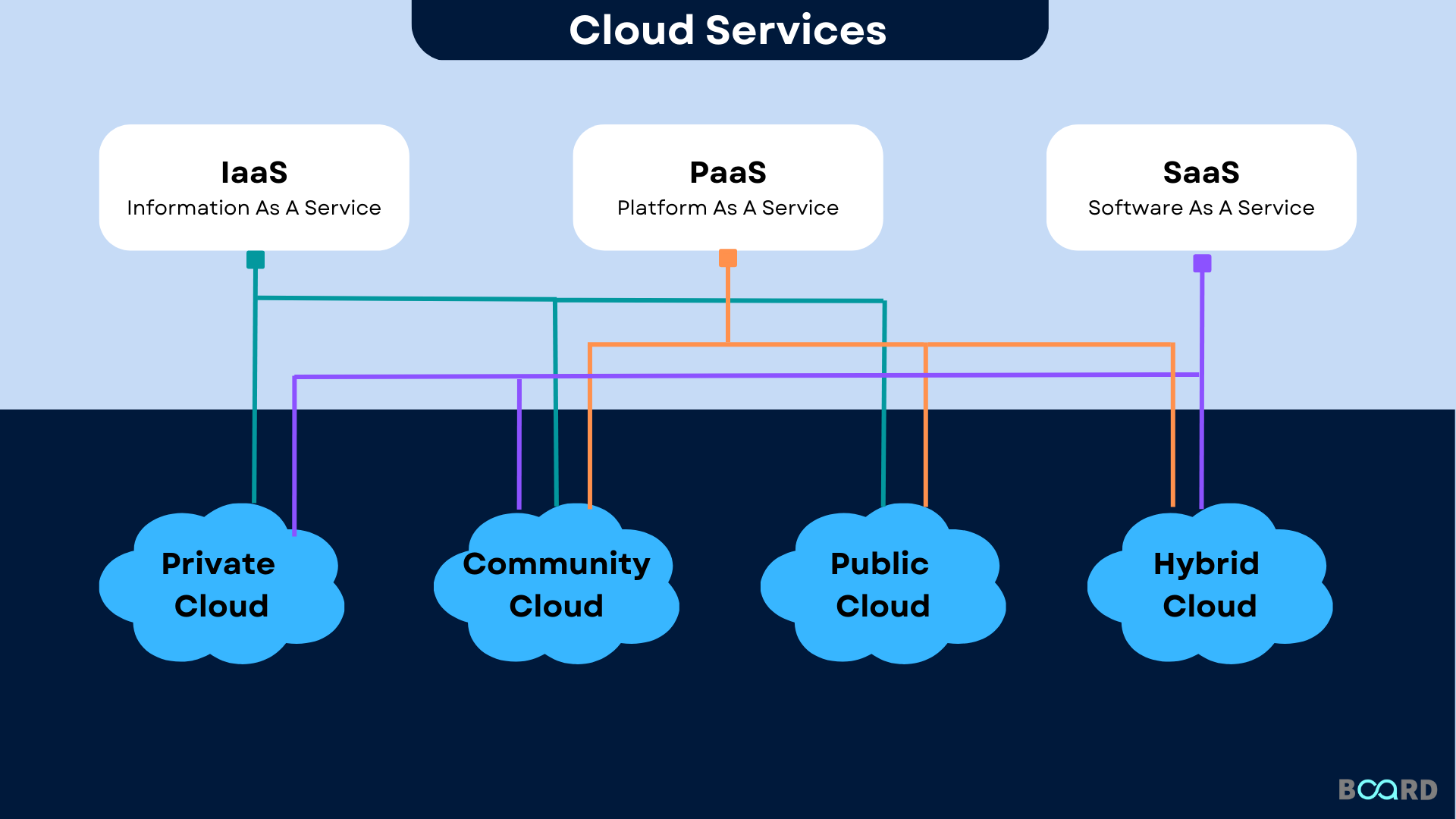Improve Your Service with Cloud Services: A Guide to Modern Solutions
Improve Your Service with Cloud Services: A Guide to Modern Solutions
Blog Article
Achieve Seamless Scalability With Cloud Solutions
In the ever-evolving landscape of cloud services, accomplishing smooth scalability stands as a foundation for modern-day companies looking for to remain versatile and competitive. The pursuit for seamless scalability with cloud services reveals a globe of possibilities for those ready to embrace the transformative power of dynamic source management.
Advantages of Cloud Scalability
Cloud scalability provides organizations the adaptability to dynamically change resources based on need, making certain optimum performance and cost performance. Furthermore, cloud scalability promotes development and experimentation by allowing organizations to conveniently examine brand-new concepts and scale them as needed. Ultimately, the benefits of cloud scalability prolong beyond expense savings to include better efficiency, agility, and advancement.
Key Functions for Scaling
Efficient scaling in cloud solutions depends on crucial attributes that allow organizations to adjust resources dynamically based on demand. One vital feature for scaling is elasticity, permitting resources to scale up or down in action to fluctuating work. This ensures that organizations can meet performance needs without over-provisioning resources. Another vital feature is scalability, making it possible for systems to handle enhanced workload by including resources flawlessly. This function is critical for accommodating growth without endangering performance. Additionally, automation plays an essential duty in scaling by automating the provisioning and de-provisioning of resources based upon predefined plans. Automation decreases human treatment, improves efficiency, and makes sure rapid response to altering needs. Surveillance and analytics tools are likewise important for scaling, supplying understandings right into source utilization, performance metrics, and possible traffic jams. These tools enable companies to optimize and make informed decisions source allocation for effective scaling. Generally, these crucial functions jointly equip organizations to attain smooth scalability in cloud services.
Implementing Auto-Scaling Methods
To properly maximize resource allocation and adapt to differing workloads, organizations have to tactically apply auto-scaling strategies in their cloud solutions framework. Auto-scaling permits systems to automatically change the variety of calculate sources based upon real-time need. There are numerous auto-scaling techniques that companies can employ, such as predictive scaling, which uses historical information to anticipate future resource requirements, and reactive scaling, which reacts to current workload modifications.

Ideal Practices for Scalability
For organizations intending to enhance their scalability in cloud services, executing ideal practices is critical for optimum performance and source monitoring. One trick finest practice is making applications with a microservices architecture. This method breaks down applications right into smaller sized, independent solutions that can be released, upgraded, and scaled individually, allowing for better flexibility and scalability.
One more important technique is using containerization innovation, such as Docker or Kubernetes. Containers make it possible for the packaging of applications and their dependences into separated systems, making it cloud services press release much easier to scale elements individually and deploy them constantly across various settings.
Additionally, executing automated deployment and framework as code (IaC) can streamline scalability efforts (linkdaddy cloud services). Automation devices like Terraform or Ansible help in provisioning and taking care of sources successfully, lowering hands-on mistakes and enabling rapid scalability
Additionally, checking performance metrics, establishing alerts, and carrying out normal ability planning are essential techniques to ensure proactive scalability monitoring. By adhering to these best methods, companies can achieve seamless scalability in their cloud solutions while enhancing efficiency and source application.
Monitoring Performance Metrics
When examining the effectiveness of cloud services scalability, closely keeping an eye on efficiency metrics is imperative for ensuring ideal performance and resource allowance. By continually tracking vital efficiency indications (KPIs) such as reaction times, latency, throughput, and resource use, companies can acquire valuable insights into the wellness and efficiency of their cloud facilities. Monitoring efficiency metrics enables the very early discovery of potential traffic jams or concerns that might impact scalability, allowing proactive steps to be required to resolve them before they intensify.

Conclusion
To conclude, accomplishing seamless scalability with cloud services is vital for organizations to maximize performance, enhance development, and keep high performance degrees during peak times. By leveraging the benefits of cloud scalability, carrying out auto-scaling methods, utilizing crucial features such as elasticity and automation, and my review here adhering to best techniques like application style and performance surveillance, organizations can efficiently scale their systems while optimizing resource application and you can find out more performance.
The mission for smooth scalability with cloud solutions unveils a world of possibilities for those eager to accept the transformative power of vibrant resource monitoring.
Cloud scalability uses organizations the adaptability to dynamically change resources based on need, making sure optimal efficiency and cost performance. Another crucial attribute is scalability, allowing systems to handle boosted work by adding sources effortlessly.For companies aiming to enhance their scalability in cloud solutions, executing finest methods is crucial for optimal efficiency and source management.When examining the effectiveness of cloud services scalability, very closely keeping track of efficiency metrics is necessary for guaranteeing optimum functionality and source allocation.
Report this page